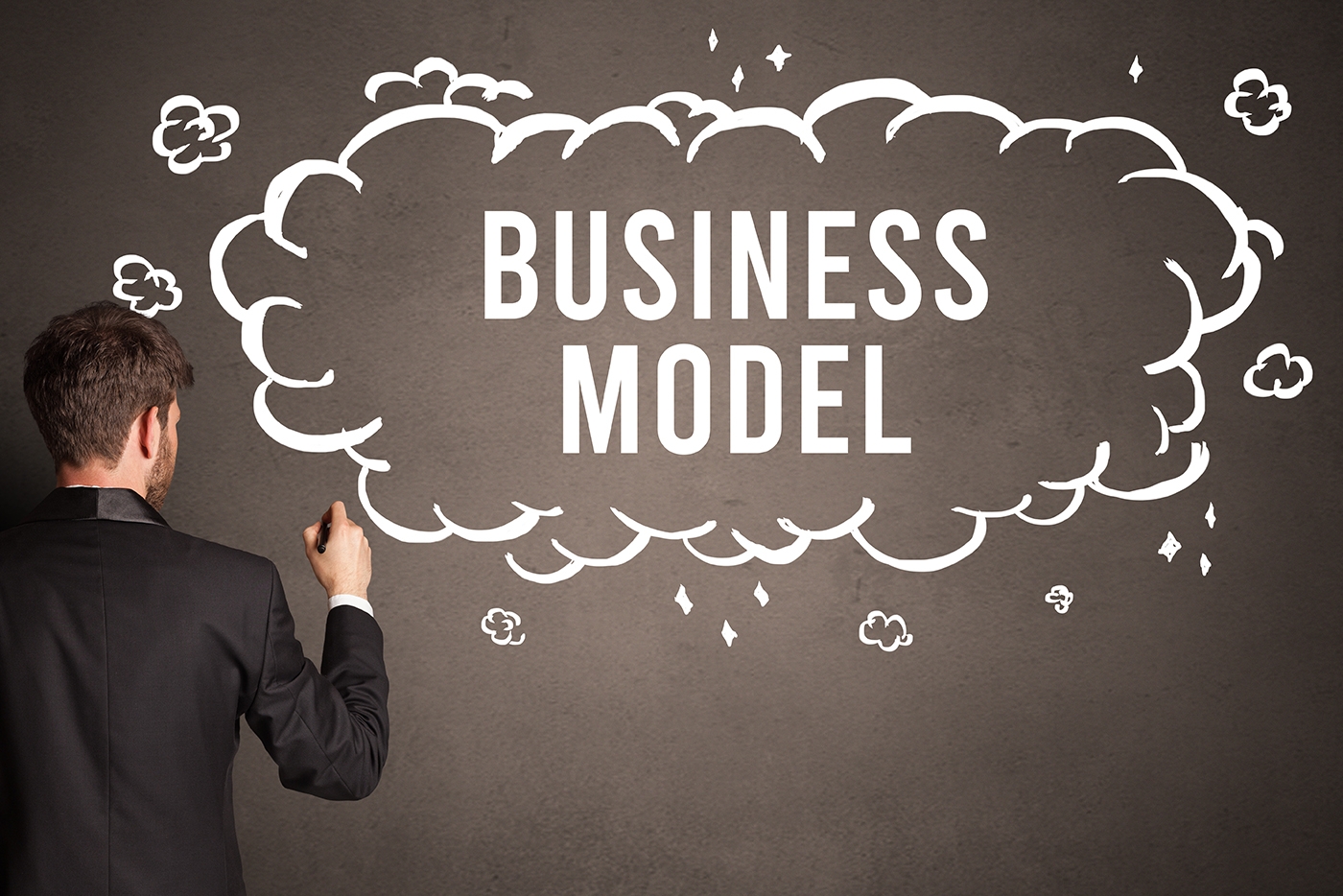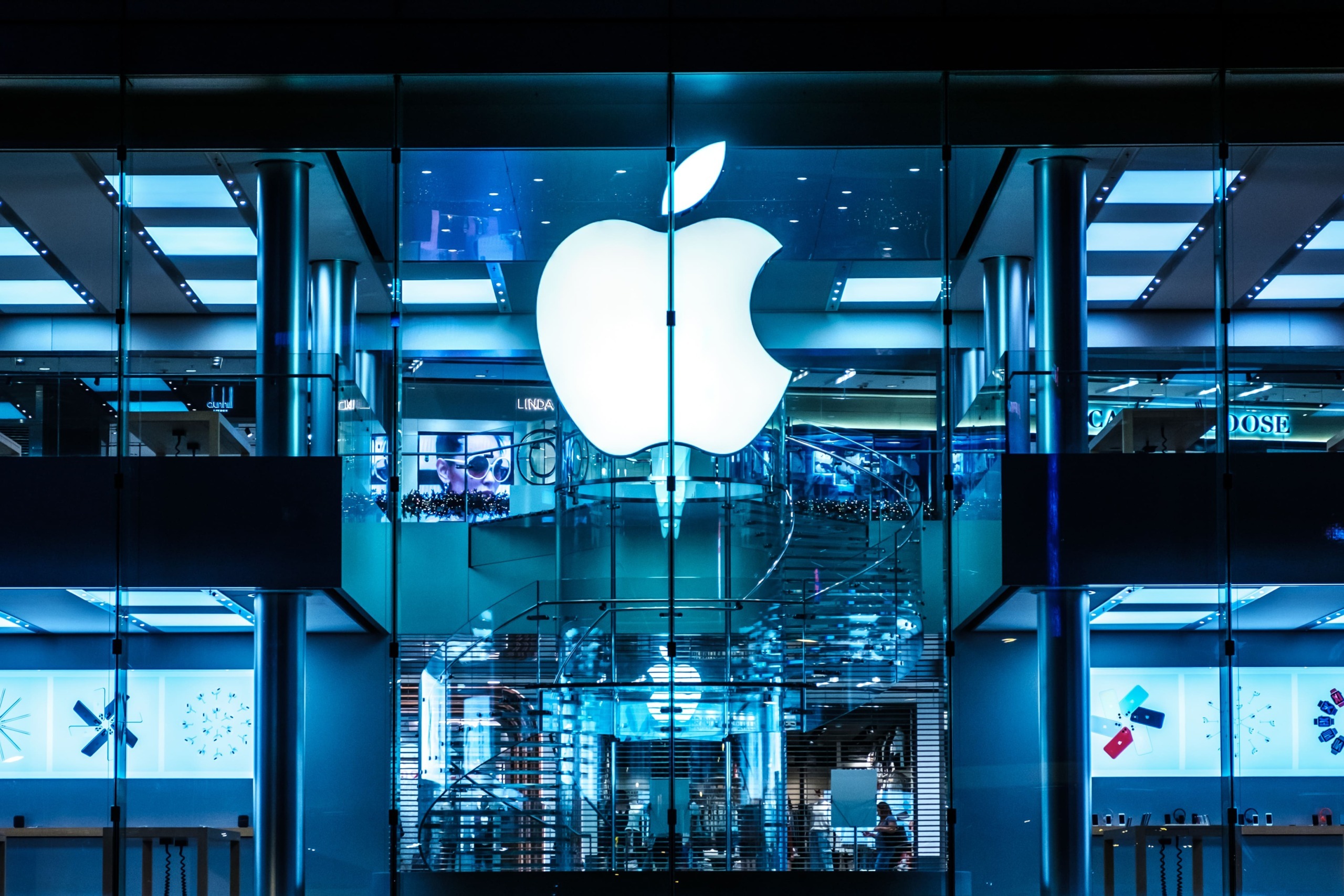The 7 Most Successful Business Models Of The Digital Era
27 March 2023
The first two decades of this century are characterized by digital entrepreneurs upending traditional business models in search of new ways of creating revenue and serving customers.

This has been made possible by the emergence of several new waves of technology – from desktop computers to the internet, mobile devices, and the cloud. Going forward, these waves of disruption seem certain to continue as new breakthroughs such as artificial intelligence (AI) continue to redefine the way we shop, work, play, and live our lives.
Often these business models are used in combination – for example, a software provider might make a “freemium” version available, supported by advertising revenue, while also offering a premium, ad-free service to those that are willing to pay. Or e-tailers like Amazon may make revenue from e-commerce while also acting as a marketplace where other sellers can offer their goods in exchange for a cut of the profits.
Anyone wanting to do business today – or understand how money is going to be made tomorrow – needs to understand the fundamental models underpinning the digital economy. So here’s my overview of some of the most successful and important and an explanation of how technology has made each of them possible.
Advertising-Supported
The ad-supported business model is among the most successful of the digital era. It is behind the rise of companies like Google and Facebook, which match users to products and services using AI and analytics. This has become possible due to the sheer amount of user data that can be captured from online users. The success of these businesses is due to the concept that “if you’re not paying, you’re the product.” In the days of newspaper, radio, and television advertising, the data that could be collected was limited to information gleaned from audience and market research surveys. Today, every click, follow, like, and share – as well as the information we directly give to sites and services – can be used to learn about us. This data is collected from audiences and users and sold to advertisers who use it to predict what products and services we might want to buy.
E-commerce
As it’s simplest, this simply refers to companies that offer products and services online directly to the customer. This can describe the giants such as Amazon and Alibaba that sell products directly to consumers themselves but also operate as marketplaces. It also describes thousands of smaller and niche businesses that exist today, generally operating via platforms and marketplaces such as Amazon, Shopify, Etsy, or Alibaba. E-commerce offers a super-convenient and affordable way for just about anyone to start selling their products globally without having to worry about the logistics and expense of setting up bricks ‘n’ mortar stores. Platforms and marketplaces make the job of setting up a storefront and listing products a one-person job, and e-commerce operators will often leverage the power of advertising platforms such as Google or Facebook to reach customers in their niche. The value of global e-commerce was estimated to be around $10 trillion in 2020 and is expected to grow to $27 trillion by 2027.
Freemium
The freemium business model generally involves offering a basic, no-frills version of a product or service for free but charging users if they want to access premium features. Examples include Spotify, which puts limits on how users can listen to music unless they are subscribers, Dropbox, which offers limited storage and transfer speeds to free users, LinkedIn, which lets anyone browse job adverts and list vacancies, but enables advanced analytics functions to subscribers to help with job searches and hiring, and Zoom, which limits the length of meetings and the number of participants for free users.
Productivity and workplace software-as-a-service providers also frequently use the freemium model, then offer individual or corporate licenses to users who want to access the full feature set without limitations. It’s also popular with games publishers, who use a free version to get players hooked before enticing them to either take out a subscription or buy individual features or benefits on a “pay-to-play” basis.
Marketplace/ Platform
This model covers both the e-commerce providers like Amazon and Alibaba, which have grown into marketplaces where anyone can set up their own business. It also covers more specialized platforms like eBay, Uber, or AirB’n’B. Users benefit from the prominence and financial clout of these platform providers, which will often use analytics and advertising campaigns to drive traffic to their customers’ stores or listings. For the marketplace or platform owner, the benefit is that they do not even have to provide a product or service themselves, and they can simply take a cut from every business that sells through them. We can also include “gig economy” sites like Fiverr, Freelancer, and Amazon’s Mechanical Turk in this category, as they offer platforms for individuals to offer their own one-to-one services to businesses.
Subscription
This refers to any business which charges customers a regular payment. Initially, it would generally refer to service providers – such as Netflix offering movies on demand, or Microsoft and Adobe offering software-as-a-service subscription packages such as Microsoft 365 or Adobe Creative Cloud. Increasingly, however, product retailers and manufacturers are offering goods and consumables through subscriptions as well. This includes home fresh food delivery businesses such as Hello Fresh and Gousto. Amazon is an example of a business that covers the whole spectrum – offering digital services like video, music, and cloud computing infrastructure, and also product subscriptions that deliver physical goods directly to customers’ doors. This business model enables organizations to generate a regular income while also developing ongoing relationships with customers, meaning they are able to offer different products and services as their customers’ requirements change. Niche and independent businesses might also choose to generate revenues through subscriptions by taking advantage of a platform such as Substack, which allows audiences to connect with individual creators.
Aggregator Sites
This business model involves scraping the web for companies offering products and services, then aggregating them into a handy portal where shoppers can compare prices, features, and benefits. Some well-known examples include PriceRunner, PriceGrabber, and Shopping.com. Other aggregators specialize in particular markets such as comparethemarket and moneysupermarket (insurance and financial services) and Expedia (holidays and travel). Rather than charging a fee to businesses that advertise their products on their sites, these businesses generate revenue from referrals they are paid when we buy products through them.
Crowdfunding
The final digital era business model we can’t ignore is crowdfunding. The big crowdfunding sites – such as Kickstarter, Indiegogo, and Gofundme, are also platforms offering other businesses the opportunity to raise funding via small donations from a large number of individuals. Crowdfunded businesses themselves are those that use money generated through these platforms as a source of revenue, often to launch niche or prototype products. Other sites like Patreon allow creators to build personal relationships with their audience, often allowing them to create ongoing products or services such as music, videos, or writing.
Related Articles
20 Generative AI Tools For Creating Synthetic Data
The AI revolution that we’re currently living through is a direct result of the explosion in the amount of data that’s available to be mined and analyzed for insights.[...]
How To Tell Reality From Fiction Amid The AI-Driven Truth Crisis
The artificial intelligence narrative swings between utopian dreams and dystopian nightmares, often overshadowing the nuanced reality of its current capabilities and limitations.[...]
7 Ways To Turn The ‘Bring Your Own AI’ Threat Into An Opportunity
As AI tools become increasingly accessible, companies face a new trend: BYOAI, or bring your own AI.[...]
AI Gone Wild: How Grok-2 Is Pushing The Boundaries Of Ethics And Innovation
As AI continues to evolve at breakneck speed, Elon Musk's latest creation, Grok-2, is making waves in the tech world.[...]
Apple’s New AI Revolution: Why ‘Apple Intelligence’ Could Change Everything
Apple's announcement of 'Apple Intelligence' marks a seismic shift in how we interact with our devices.[...]
Why AI Models Are Collapsing And What It Means For The Future Of Technology
Artificial intelligence has revolutionized everything from customer service to content creation, giving us tools like ChatGPT and Google Gemini, which can generate human-like text or images with remarkable accuracy.[...]
Sign up to Stay in Touch!
Bernard Marr is a world-renowned futurist, influencer and thought leader in the fields of business and technology, with a passion for using technology for the good of humanity.
He is a best-selling author of over 20 books, writes a regular column for Forbes and advises and coaches many of the world’s best-known organisations.
He has a combined following of 4 million people across his social media channels and newsletters and was ranked by LinkedIn as one of the top 5 business influencers in the world.
Bernard’s latest book is ‘Generative AI in Practice’.










Social Media